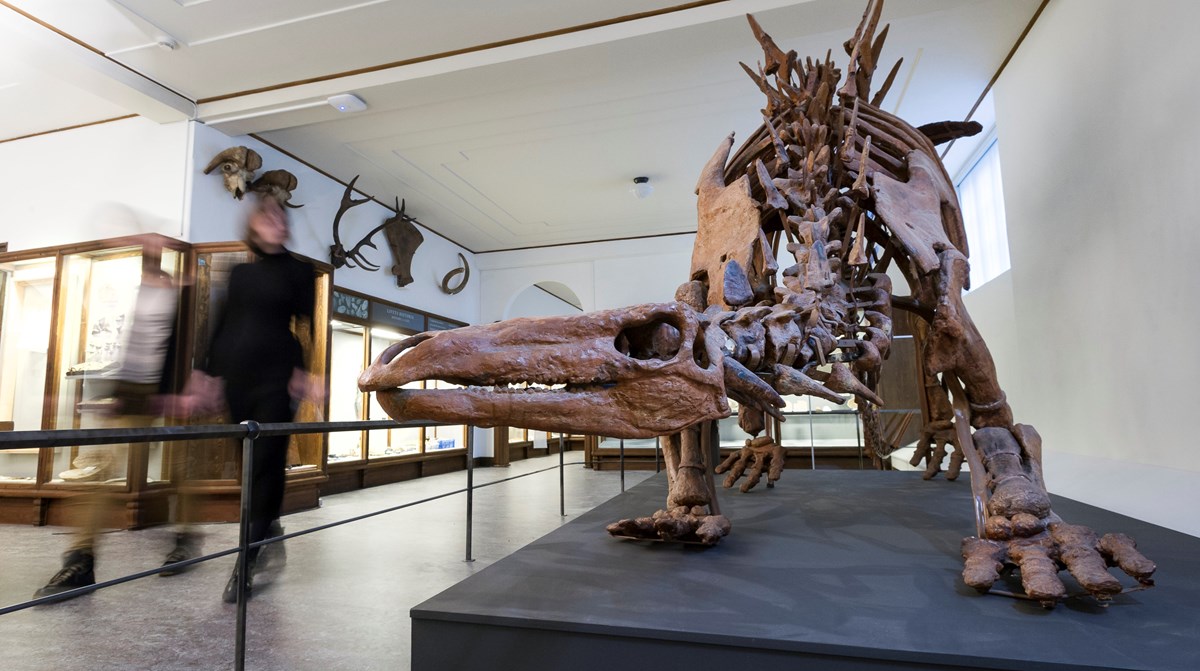History of Life on Earth and Amazing Diversity

In this section of the museum’s permanent exhibitions we tell you the story of the history of Earth and the evolutionary history of life on Earth beginning 3.8 billion years ago and stretching until the present day. Welcome to this evolutionary journey and meet fossils, insects, butterflies, blackfish and dinosaur skeletons.
The first part of the exhibition shows the evolutionary history of life on Earth chronologically from the earliest emergence of life 3.8 billion years ago until the present day. You can examine here everything, beginning from the Devonian Period, which is called the Age of Fish, various fossils and dinosaur skeletons, up to the Jurassic and Cretaceous Periods.
The mass extinction of dinosaurs opened up the path to the Age of Mammals. During the last million years glacial and interglacial cycles have waxed and waned. The quick climatic changes have put to the test the animals’ ability to adapt, which proved to have been beneficial to the earliest human species which developed in Africa. Among other animals the sabre-toothed tiger disappears in the struggle with our forefathers’ and their stone implements.
Dangerous animals and strange organisms
In the second part of the exhibition you can get acquainted with invertebrate animals currently living on earth. Here you will find the most dangerous animal of all: the microscopic malaria organism which kills up to one million people each year. Other fascinating animals, such as sponges, which regenerate themselves if separated into smaller pieces, beautiful corals, flying octopuses and shells, which were used as money in the past, can also be seen here.
The exhibition also contains many of earth’s most successful organisms – arthropods. You can look, for example, at crayfish, spiders and insects from all over the world. You will find here enormous lobsters, crabs that can climb up trees and locust which can devastate whole regions. You can look through the microscope and see the small creepy-crawlies which you sometimes find at home in your pantry, or admire the dizzying array of butterfly wing patterns.






